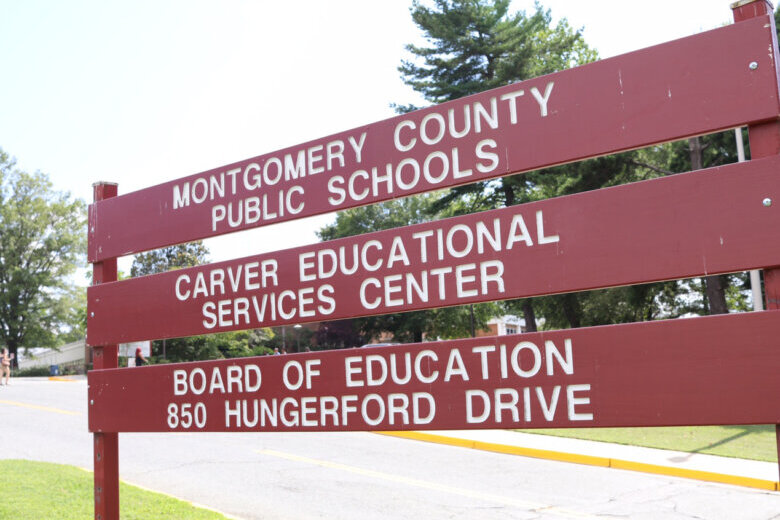WTOP NEWS: The number of Montgomery County students who are categorized as ‘chronically absent’ has dropped from last year’s high of 26%, but remains above 20%, according to data shared with county council members on Monday.
According to information from the Montgomery County Public Schools system, the percentage of students who are ‘chronically absent’ — that is, they are missing more than 10% of class time for any reason — is 21.4%.
That’s a nearly five percentage point drop from the 26.2% listed as chronically absent during the 2022-2023 school year, but still higher than the pre-pandemic figure of 19.5%.
In raw numbers, the data looks like this: During the first quarter of this academic year, 34,161 students in the MCPS system were found to be missing 10% of their time in class. That compares to last year’s 42,204 students who were absent from their classes 10% of the time.
Damon Monteleone, associate superintendent with Montgomery County schools, told council members, “We are not alone in MCPS in combating this.”
He said chronic absenteeism in U.S. schools has “doubled since the pandemic.” He added that the most recent data from the U.S. Department of Education said one third of all students across the country are chronically absent.
Chronic truancy is when students miss 20% of the time they are supposed to be in class.
Montgomery County’s school system has partnered with the county’s State’s Attorney’s Office to create a program to get students who are chronically absent back on track. That’s currently at 19 of the county’s 40 middle schools and one high school. Montgomery County State’s Attorney John McCarthy said he hopes to expand the program to five more schools.
McCarthy, who appeared with school officials before the county council’s public safety committee, told committee members, “I think everybody who is involved in this truancy issue has to use all the tools that are available to them.” But he said, prosecuting parents “is not our goal. Our goal is about problem-solving” with families and school officials.
Council member Gabe Albornoz noted that, according to demographic data provided by the school system, 31.5% of the students who are chronically absent are Hispanic. That’s double the number of white students and nearly 12 percentage points above Black students who are chronically absent.
Albornoz, who served as the director of the county’s recreation department in the past, called the data “incredibly alarming” and said, “I’ve been there, and we’re seeing it again — we’re seeing an increase in gang activity.”
Albornoz didn’t elaborate or mention what data he was referring to. He continued, by saying that the time spent out of school and the likelihood that students could be drawn into gangs are related.
“It is only a matter of time before the two are inextricably linked with very tragic circumstances,” he said.
Albornoz cited a recent visit to an area mall, where on a school day, he noticed teenagers “engaging in an argument with a store manager” over a store policy that states teens who are in the store during school hours must be accompanied by an adult.
While around the mall, Albornoz said “it was impossible not to” see the number of teens “walking around with backpacks and loitering.”
Monteleone added that the school system is continuing its efforts to bring students back into regular attendance by addressing things like a “school’s culture and climate” that make students feel welcome in school, increasing parental engagement and focusing on issues that may make attendance difficult, including the need to support the family’s income with outside jobs.









